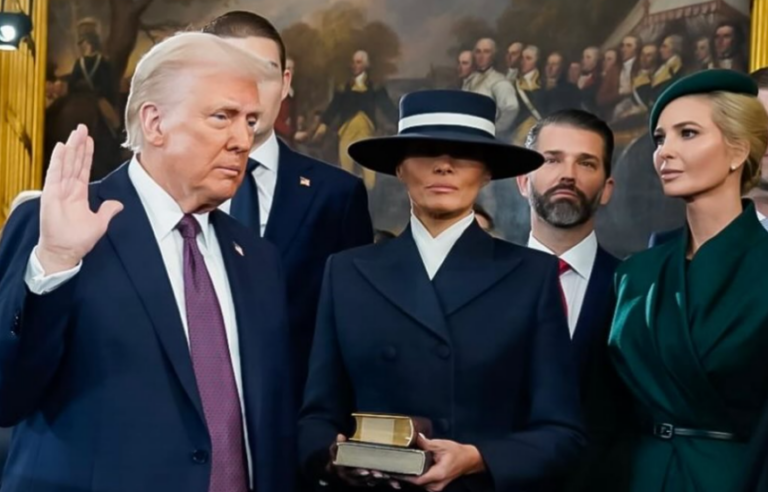It is often claimed that need is the mother of invention. However, this is not always true. In fact, some of the greatest ideas were the product of a fortunate accident. And, given how beneficial certain commonplace items are, it’s difficult to believe they were found by chance.
People who were on an unintended hunt uncovered everything from potato chips to life-saving x-ray pictures and Penicillin.
10 Surprising Things Invented by Mistake

1. Potato Chips
The potato chip was devised in 1953 by George Crum, a chef at the Moon Lake Lodge Resort in Saratoga Lake, New York, when one of his clients complained that his French-fried potatoes were too thick and mushy.
According to folklore, Speck’s response was to thinly slice and fry some potatoes till brown, and the customers liked what would become the first batch of chips.
2. Corn Flakes
Dr. John Harvey Kellogg and his younger brother, Will Keith Kellogg (a former broom salesman), both worked at Battle Creek Sanitarium in Michigan, where John was physician-in-chief.
Both were devout Seventh-day Adventists who used their work at the sanitarium to promote their religion’s austere dietary and moralist principles (including strict vegetarianism and a lifelong abstinence from excessive sex and alcohol) as well as conduct nutrition research and study the effects of diet on their patients.
During one of these tests in 1894, when creating dough from boiling wheat, one of the Kelloggs left the mash to dry for too long, causing it to splinter into hundreds of separate flakes when rolled out.
In order to find out what these flakes tasted like, he cooked them in the oven, creating Granose in the process. Later experimenting substituted maize for wheat, resulting in corn flakes.
3. Teflon
Polytetrafluoroethylene, also known as PTFE or Teflon, was discovered by accident in 1938 at a DuPont facility in New Jersey.
Roy Plunkett, an Ohio-born scientist, was working to create a new CFC refrigerant when he realized that an empty canister of tetrafluoroethylene weighed the same as if it were full. Plunkett discovered that the gas had interacted with the iron in the canister’s shell, coating the insides with polymerized polytetrafluoroethylene—a waxy, water-repellent, non-stick material.
Du Pont quickly recognized the potential of Plunkett’s discovery and began mass producing PTFE, but it wasn’t until 1954, when the wife of French engineer Marc Grégoire asked her husband to coat her cookware with the same substance to prevent food from sticking to her pans, that the true utility of Plunkett’s discovery was realized.
4. Slinky
In 1943, naval engineer Richard T. James was working at a shipyard in Philadelphia when he accidently knocked a spring off a high shelf (which he was attempting to adapt into a stabilizer for sensitive maritime equipment).
To his astonishment, the spring elegantly uncoiled itself and stepped down from the shelf onto a stack of books, then onto a tabletop, and finally onto the floor. The first batch of 400 “Slinky” toys sold out in 90 minutes after being displayed in the toy area of a local Gimbels store in 1945, after two years of development.
5. Silly Putty
Rubber was rationed in the United States during World War II when Japan conquered a number of rubber-producing nations in Southeast Asia and impeded output.
The race was on to discover a suitable replacement—a synthetic rubber that could be manufactured in the United States without requiring outside imports, which finally led to the completely unexpected development of Silly Putty.
There are at least two competing claims to the invention of Silly Putty (primarily from chemist Earl L. Warrick and Scottish-born engineer James Wright), both of whom discovered that mixing boric acid with silicone oil produced a stretchy, a bouncy rubber-like material that has the unique capacity to drain newspaper print off a page.
6. Post-It Notes
Dr. Spencer Silver, a 3M chemist, was aiming to make a super-strong glue in 1968 when he mistakenly invented a super-weak adhesive that could only be used to briefly bind items together.
Silver’s product sat unused at 3M (then technically known as Minnesota Mining & Manufacturing) for another five years, until, in 1973, a colleague named Art Fry attended one of Silver’s seminars and came up with the idea of using his impermanent glue to stick bookmarks into the pages of his hymnbook.
It took a few years for 3M to be convinced of Fry and Silver’s notion as well as the commercial viability of their product, but they ultimately came up with a unique design that worked perfectly: a thin film of Spencer’s glue was put along only one edge of a sheet of paper.
After a failed test-market push as Press ‘N Peel in 1977, the product was relaunched as the Post-It note in 1980.
7. Saccharin
Constantin Fahlberg, a scientist investigating the characteristics of oxidized coal tar at Johns Hopkins University in Baltimore, Maryland, observed while eating his supper one evening in 1878 or ’79 (sources disagree) that food he picked up with his fingers tasted sweeter than normal.
He traced the sweetening effect back to the chemical he had been working with that day (Ortho-sulfobenzoic Acid Imide, no less) and, seeing its potential, rapidly established a business mass manufacturing his sweetener under the name Saccharin.
Although the discovery became popular (and equally controversial) initially, it would take the sugar shortages of two World Wars to make it really widespread.
8. Popsicles
The first popsicle was allegedly made by 11-year-old Frank Epperson in 1905, when he left a jar of powdered soda and water on his veranda overnight with its mixing stick still inside. One unexpectedly frigid night later, the popsicle—which Epperson first sold as an Epsicle 20 years later—was created.
9. Safety glass
Safety glass, or laminated glass, was discovered by accident by the French scientist Édouard Bénédictus when he knocked a glass beaker from a high shelf in his laboratory and was surprised to find that it fractured but did not break.
The beaker had included cellulose nitrate, a sort of transparent natural plastic that had created a coating on the inside of the glass, according to his assistant. In 1909, he submitted a patent for his invention, and it has been in production (though in varied versions) ever since.
10. Penicillin
Penicillin, discovered in 1928, was one of the world’s earliest antibiotics, although its discoverer, Dr. Alexander Fleming, never intended to “revolutionize all medicine,” as he subsequently called it.
Fleming discovered the antibiotic purely by coincidence when he left out samples of Staphylococcus aureus in his lab for two weeks and returned to discover that their development had been slowed by a mold called Penicillium notatum.
- You might also like: 7 Common Things Science Can’t Explain











